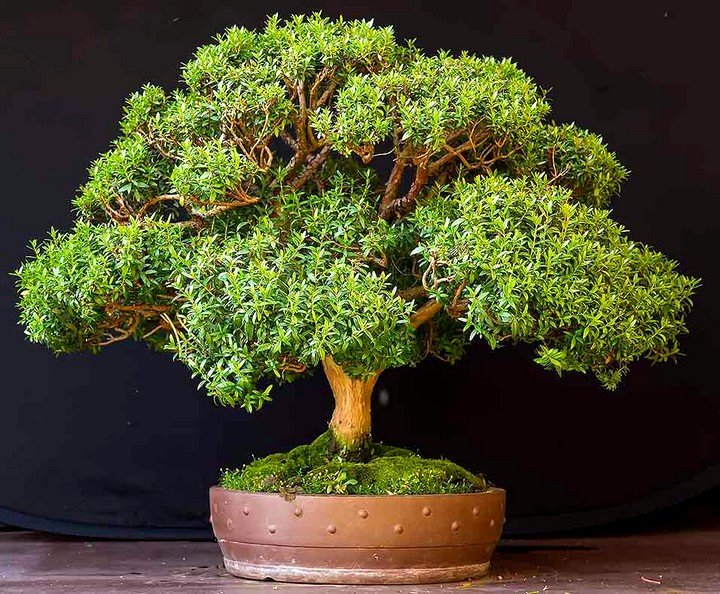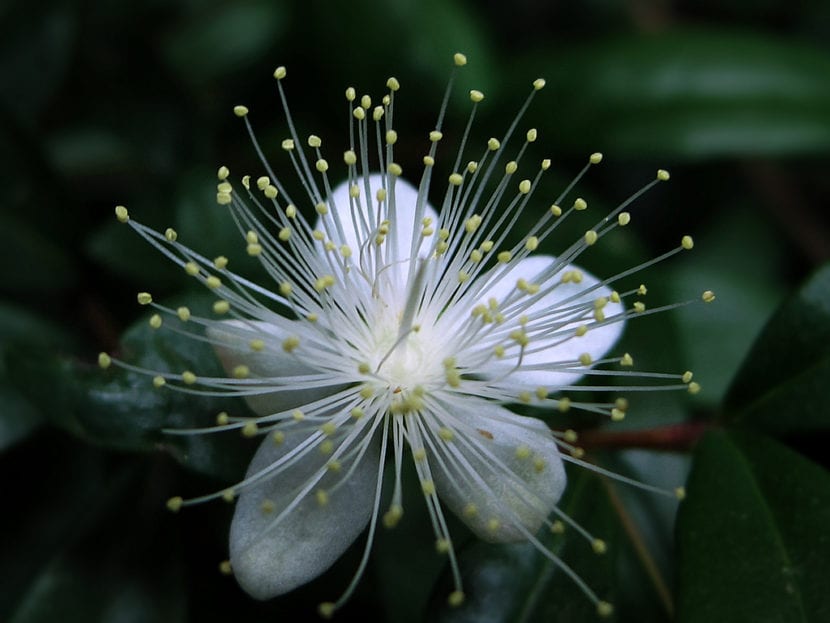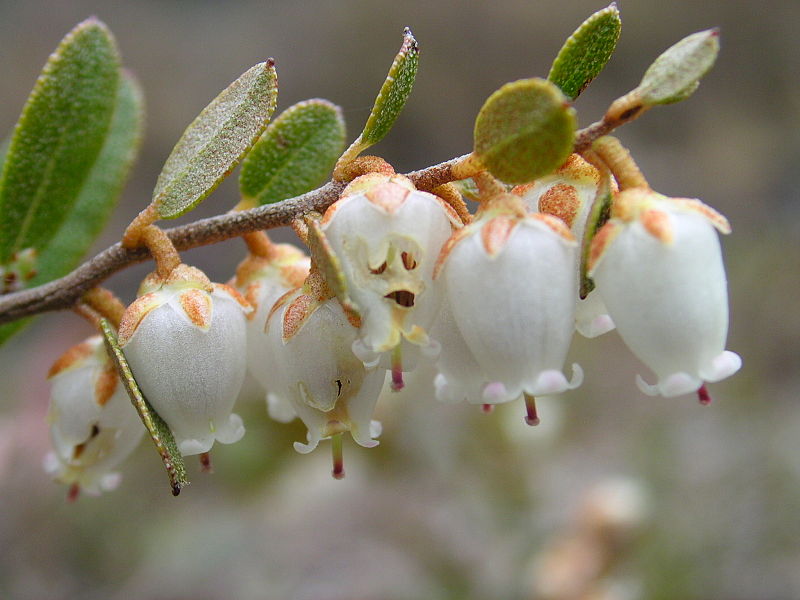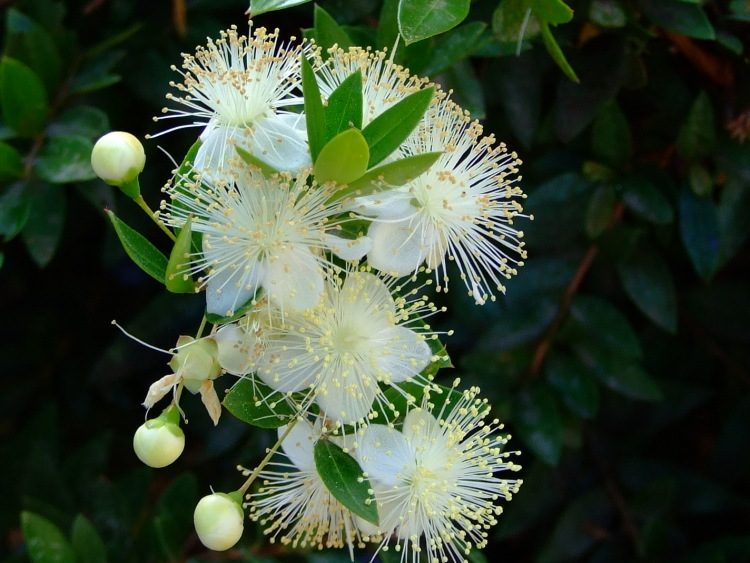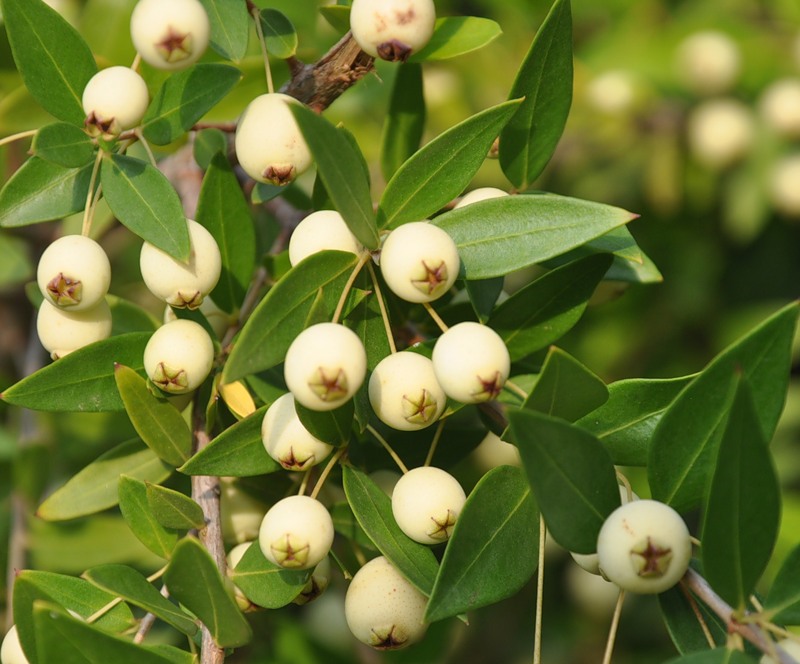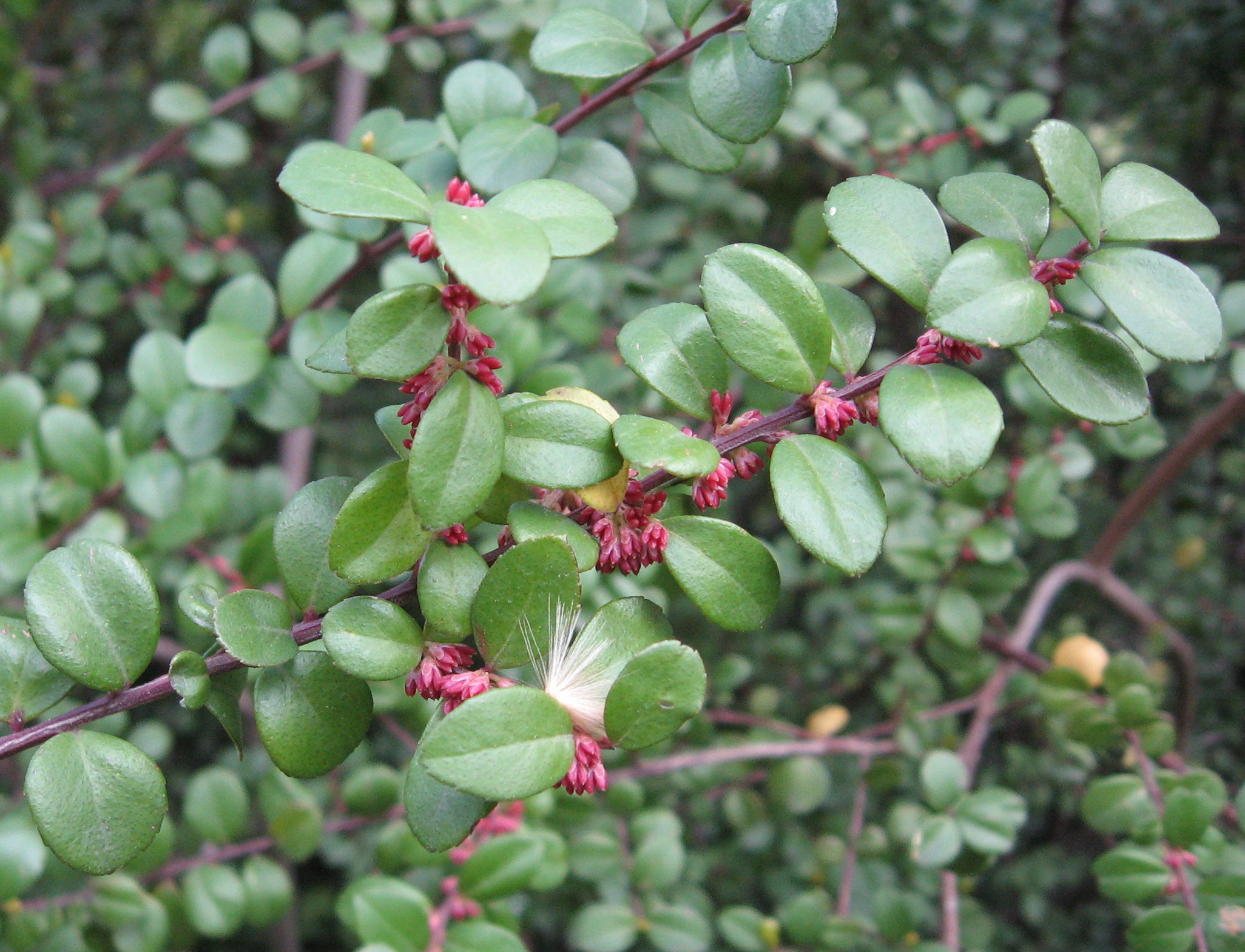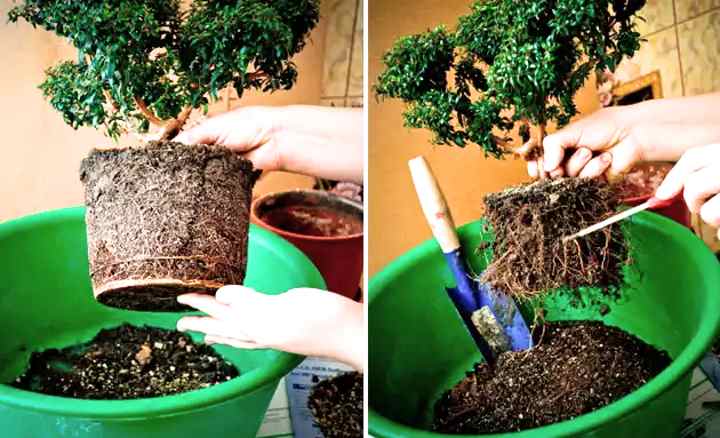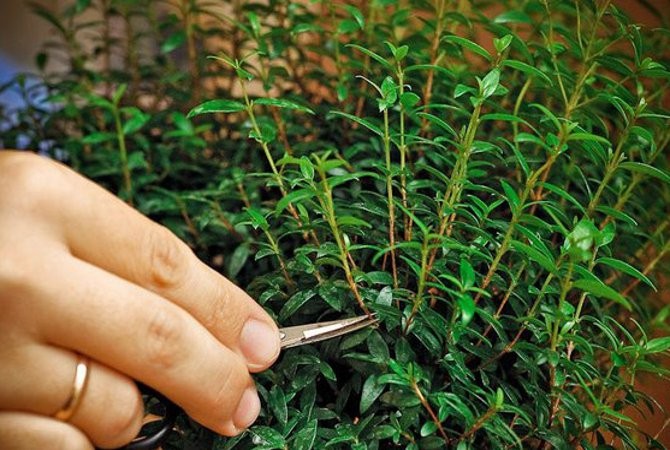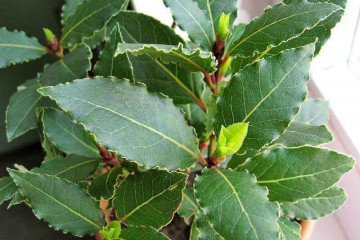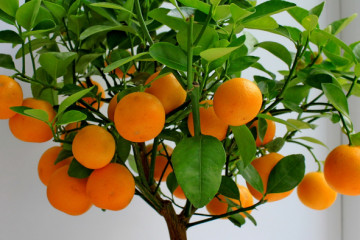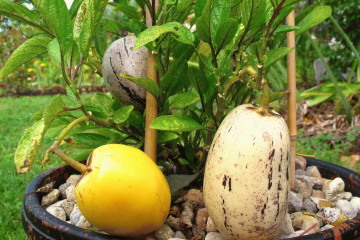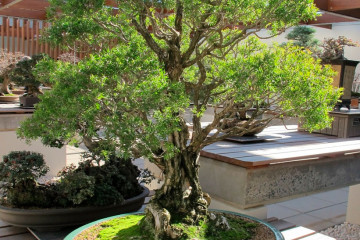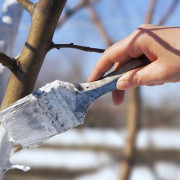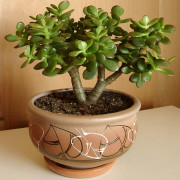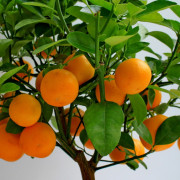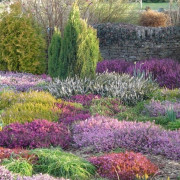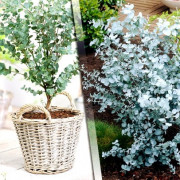Myrtle tree - how useful is myrtle in an apartment
Content:
The myrtle tree is a plant about which there are many legends explaining its appearance on earth. One of them says: when he was expelled from paradise, Adam took a myrtle twig to the ground and grew from it a myrtle tree, which reminded him of the Garden of Eden.
What is myrtle? The plant got its name because of the high content of essential oils, the meaning of the Greek word "myrtle" - "balm" or "incense".
Myrtle is a tree or shrub, distinguished by its graceful form and amazing aroma, which arouse great interest among flower growers and admirers of the art of bonsai.
Wintering in the open field is possible only in warm regions, therefore, indoor myrtle is cultivated in Russia.
The origin and appearance of the myrtle tree
The Mediterranean is considered the birthplace of myrtle (Myrtus). It belongs to the Myrtaceae family.
Its wild varieties grow in Italy, France, Spain, Greece, North Africa. The plant can be found in the countries of the American continent, Australia, Asia, and the Azores.
The plant is a representative of the flora of slow development - the annual growth does not exceed 15 cm.
In the wild, this tree is up to 5 meters high. Myrtle as a home flower usually grows up to 60 cm, less often it reaches 1 meter in height.
Myrtle is an evergreen plant with whole, opposite emerald-colored leaves with small veins containing an essential oil with a wonderful aroma.
White flowers, collected in short clusters of inflorescences, can form bundles or grow solitary.
In the place of flowers, round fruits appear in the fall, usually dark blue in color. Sometimes the fruits are yellowish and whitish. Inside are seeds of irregular shape, from which a new tree can be grown.
A small flower with five snow-white petals and golden stamens has an incredible aroma.
Types and varieties of myrtle tree
There are 20 to 40 species and more than 100 varieties of myrtle. Most of them are grown in botanical gardens around the world.
For growing at home, a variety is more often used - ordinary myrtle, the most unpretentious of them.
The characteristics that the plant attracts are high decorativeness, aroma, healing properties and the ability to grow a bonsai tree.
Swamp myrtle (Сalyculata)
Marsh myrtle is an evergreen shrub up to 1 meter high. The popular name is Kassandra.
The crown is spreading, the stems are straight. There are small scales on the branches. The leaves are small, attached on short petioles. Snow-white flowers are collected in racemose inflorescences. Differs in adaptability to the Russian frosty winter. A favorite habitat is sphagnum bogs. Life expectancy is up to 50 years.
Variegated myrtle (Variegata)
It is distinguished by variegated leaves, bordered by specks and dashes of an amber shade, the brightness of which depends on the illumination. Variegated myrtle feels great outdoors and indoors.
When favorable conditions are created, it begins to bloom with small flowers of beige and snow-white shades with golden stamens. Used for drawing up flower arrangements.
It emits an amazing scent, kills germs and neutralizes carbon dioxide. It is considered a symbol of fertility.
Myrtle Hymen
The evergreen shrub was named in honor of the God of marriage, the second name is Bride's Happiness. Symbolizes youth and beauty. Young people planning to hymen gave each other sprigs of myrtle. It has small emerald-colored leaves in the shape of a lancet. In the wild, it grows up to 5 meters high, as a houseplant - no higher than 1 meter. Blooming twigs are used to decorate wedding bouquets.
Lemon myrtle
Differs in a lemon scent. In the wild, it is found in the tropical zone of the Australian mainland. It is widely used in cooking for the preparation of syrups, sauces, dressings and drinks. The dried leaves are used as spices and seasonings.
Myrtle Communis, or ordinary (Communis)
Myrtle Communis belongs to ornamental crops. Dominates in evergreen oak forests of the Mediterranean in the vicinity of thickets of shrubs. It looks like a small evergreen tree up to 5 meters high.
Large-leaved myrtle
A variation of the common subspecies. Large-leaved myrtle has an antimicrobial effect. Destroys bacteria and pathogenic bacteria. It is used in the treatment and prevention of:
- flu;
- sore throats;
- sinusitis;
- prostatitis;
- diseases of the gastrointestinal tract.
Grows up to 4 meters. Stems are tetrahedral, shiny leaves are opposite, up to 5 cm long with pointed edges. Small flowers with five snow-white petals grow on long stalks. Golden stamens are arranged symmetrically.
Myrtle Alhambra
It attracts with its decorative appearance. Suitable for outdoor cultivation and as a houseplant. Used to create compositions. Prefers bright, lit places.
Flowering occurs in spring. Snow-white flowers are miniature with a strong aroma. In their place, oval-shaped seed pods are formed, unlike other species, they have a snow-white color.
Myrtle Tarentina (Tarentina)
A dwarf form of a common subspecies. Blooms profusely with miniature fragrant snow-white flowers, collected in inflorescences.
Small-leaved, leaves no more than 1.5 cm in length, elongated with sharp jagged edges, located on short emerald petioles.
This flora is growing rapidly. In the wild, it exceeds 5 meters, in indoor conditions it reaches 1 meter. Responds well to sunlight, regular watering and spraying.
African myrtle (Myrsina)
The African myrtle is mistakenly classified as a member of the Myrtle family, although it belongs to the Myrsinoideae family. They have an external similarity, but upon closer examination, a different shape of leaves is found, the flowers are smaller and differ from myrtle ones.
The correct name for the double is African mirsina. Growth area:
- African continent;
- China;
- Himalayas.
There are shrub and tree-like forms of myrsina, there are variegated ones that require good illumination.
Shoots are reddish. Small elliptical leaves are dark green on the upper side, light green on the bottom.
There are female and male flowers.The first are smaller ones with white, light purple or pinkish petals. Men - in lilac tones with bright red anthers.
Formed in autumn, purple berries, fleshy in the form of balls, contain 1 seed. They hang on the branches for a long time, retaining their decorative effect.
Transplanting myrtle after buying into a pot
Store-bought myrtle requires special attention. Any change of scenery is stressful. For myrtle, choosing the right environment is essential for growing.
The plant is placed in quarantine for two weeks to adapt to new conditions. At this time, it is necessary to carry out treatment from possible pests with a complex pesticide.
An urgent transplant of a purchased flower is necessary for two reasons:
- Often the soil used to place a plant before sale is inadequate and may contain harmful impurities.
- The myrtle was purchased in a shipping container not suitable for flower development.
What is needed for landing
This plant does not like large pots, it must be moved into a pot that is the same size as the store one, so that the root ball fills the entire inner space of the container.
It is necessary to prepare the ground for planting, having correctly determined the composition and ratio of the components. Slightly acidic soil suits him. You can use a commercially available evergreen mix, or you can prepare the mix yourself.
There are several options for the composition of the soil.
The first:
- turf - 1 part;
- humus - 1 part;
- peat soil and sand in equal proportions - 1 part.
Second:
- sand - 1 part;
- humus - 2 parts;
- clay soil - 2 parts;
- turf - 2 parts.
A simple greenhouse land will do.
A hydrogel can be added to the myrtle soil, it will retain moisture. It is necessary to prepare the material for drainage; it is recommended to use perlite and expanded clay.
Optimal location
In the house, a window sill facing west or east would be a suitable place. This arrangement will meet the requirements of lighting and temperature conditions.
Myrtle drafts are not scary; frequent airing will do it good. To ensure the flow of fresh air, it is useful to transfer the myrtle to the balcony or garden in the summer, gradually accustoming it to a new place.
Step-by-step planting process
Planting is recommended on the 2nd or 3rd day after watering, when the root ball is dry (it is easier to remove it from the container).
Sequencing:
- Carefully remove the bush (tree) from the pot.
- If possible, clear the roots of the earth.
- Trim tangled and dry roots carefully.
- Place a drainage layer on the bottom of the pot.
- Sprinkle with prepared myrtle soil with a layer of 2-3 cm.
- Place the seedling vertically.
- Fill a pot with the mixture, lightly compacting the soil around the trunk.
- Water abundantly, after a while remove excess water from the pan.
An adult plant is transplanted every 3-4 years, choosing a larger pot, a young seedling - annually.
In order not to damage the roots, they use the transshipment method: they are transplanted into another larger vessel along with the contained soil mixture, adding fresh substrate.
Reproduction of myrtle
Reproduction of copies is carried out in two ways:
- using seeds;
- by cuttings.
The method using cuttings is considered more preferable, since when a new plant is obtained from seeds, varietal characteristics may be lost.
Cuttings
The operation is performed in January-February or July. To successfully root, choose young semi-lignified apical and lateral cuttings 6-9 cm long. The lower leaves are removed, the remaining ones are shortened.
The cut is treated with a preparation that stimulates the formation of roots. Planted in the ground, watered. The container is placed in a shaded place, covered with glass or foil, which must be removed regularly for ventilation. Roots appear in two to three weeks.
From seed
The shallow container is filled with a moistened mixture of peat and sand in a 1: 1 ratio. Spill with fungicide solution. Spread the seeds evenly over the surface, covering with a thin layer of the same potting mix. Cover the container with glass or foil. Place in a cool place with a temperature up to 19ᵒС. Crops are regularly aired and watered if necessary. Seedlings appear in 1-2 weeks.
After the formation of two true leaves, they are dived into separate containers filled with soil mixture for myrtle. Seedling growth begins some time after transplanting.
Myrtle care
Myrtle is a houseplant that does not require special care at home, but, like other plants, it needs to create favorable conditions for its existence.
Illumination is one of the most important factors in normal development. The light should be bright but diffused. Intense exposure to direct sunlight is dangerous for him.
Myrtle should be kept at a temperature:
- in spring and summer - 18-20ᵒС;
- in winter - no higher than 10ᵒС.
Fresh air has a beneficial effect on the condition of the flower, therefore, frequent ventilation of the room where the myrtle grows is recommended. He loves humid air, the leaves should be sprayed every day, especially on hot days. Abundant watering is needed in spring, summer and autumn, the plant is watered as soon as the topsoil dries out. In the cold season, watering is reduced, but care should be taken that the earth does not dry out. At the same time, moisture stagnation should not be allowed, which can lead to root rot. Irregular weak watering will cause drying of not only the leaves, but also the stems.
Myrtle does not require complex care, responds well to fertilization, feeding is necessary for growth and flowering.
Watering mode
For irrigation, use only soft, well-settled, at least a day, water. During the growing season (spring-summer-autumn), watered abundantly as soon as the top layer of the earth dries out. In winter, watering is less intense, you need to make sure that the soil does not dry out.
To revive the myrtle, if the clod of earth in the pot is dry, the plant with the pot is immersed in water. To maintain air humidity, spraying is carried out from a spray bottle using water for irrigation.
Top dressing
From spring to autumn, the plants are regularly fed once a week, using fertilizers for indoor plants or complex mineral fertilizers. For lush flowering, phosphorus fertilizers are needed; for good tree growth, nitrogen fertilizers are needed. No additional feeding is needed in winter.
During flowering
It is important to know how to care for myrtle during the flowering period. For a more lush flowering, the myrtle is placed in a cramped pot or the pruning process is excluded, fertilizing with fertilizers with a high phosphorus content is used, after which it will look great.
During the rest period
The plant is transferred to a cool, with a temperature of up to 10 ° C, but a bright place, a glazed balcony would be ideal. At this time, the plant is watered once a week, making sure that the topsoil does not dry out. You can not feed the flower or fertilize no more than 1 time per month or after 5 weeks. Spraying is required if the pot is installed in a warm room. Shedding of leaves occurs when the plant is hot. With the onset of spring, the splendor of the bush will be restored.
Preparing for winter
Active growth in winter slows down, a period of rest begins. The plant is prepared for it gradually:
- reduce the temperature of the content;
- reduce the volume and frequency of watering.
How to prune myrtle correctly
To form a beautiful crown, they use pruning. It is best to do this in early spring or after the end of the flowering period. In the summertime, you can remove a few extra branches. The crown acquires a pyramidal shape if the plant is not cut off. Myrtle tolerates pruning well, the tree can be given any geometric shape.
There are two ways to do this:
- pruning;
- topping.
By pinching, you can achieve a more branchy, lush crown, but at the same time the number of flowers drops sharply due to the fact that flower buds are removed. This method can be used all year round.
The plant suffers less from pruning, it is better to carry it out in the spring. By pruning the lateral shoots, a tree is formed, pruning the apical shoots will give the myrtle the shape of a bush.
Myrtle is a flower, caring for which at home is not too burdensome. Attention to it will respond to the fragrant aroma and beauty of the crown.
In addition to aesthetic pleasure, the home flower myrtle has a number of useful qualities and healing properties. It is considered a symbol of rebirth, purity, youth, fertility, glory, success in life, because of this, it has been endowed with magical properties since ancient times. In any case, this self-grown plant will decorate the house and create an atmosphere of peace and tranquility in the family.
